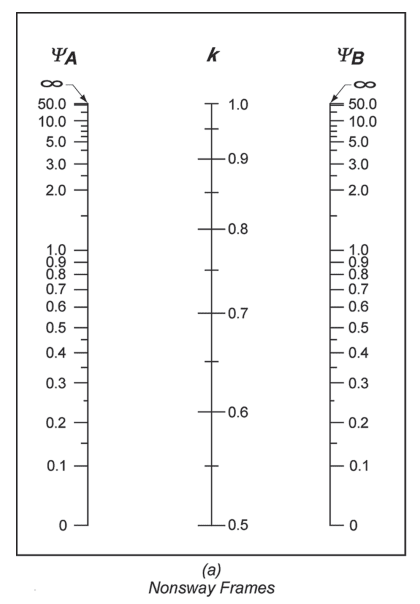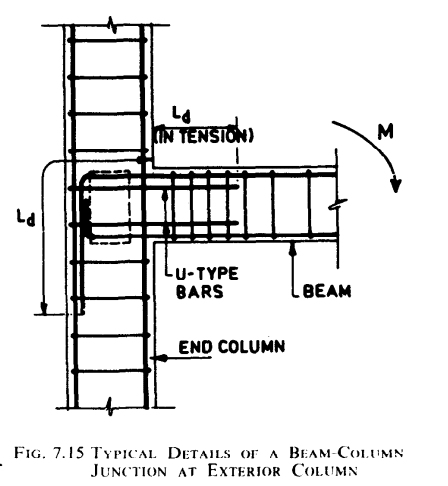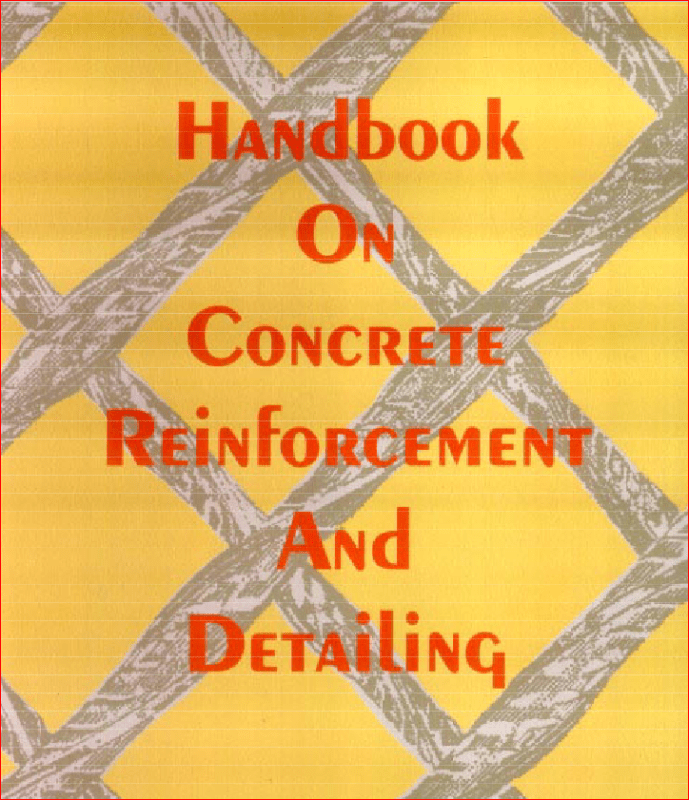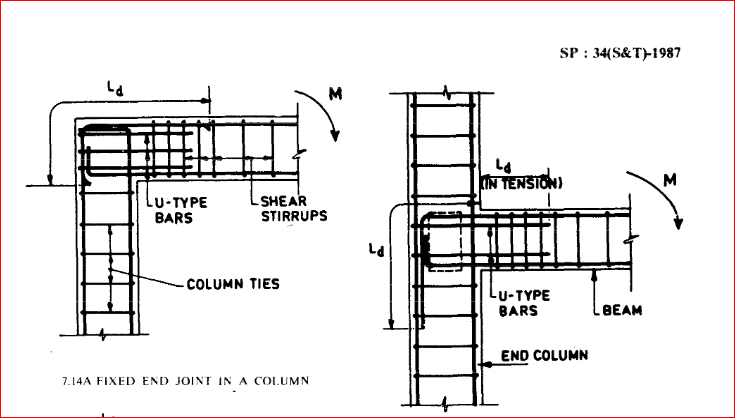abdallah hamdan
Structural
if I have a beam with pin supports (columns) as in fig (1)

Is having a weight P due to the existence of upper floors on the beam sides as in fig 2, lead the beam to act as there is fixed support on both ends?


Is having a weight P due to the existence of upper floors on the beam sides as in fig 2, lead the beam to act as there is fixed support on both ends?






